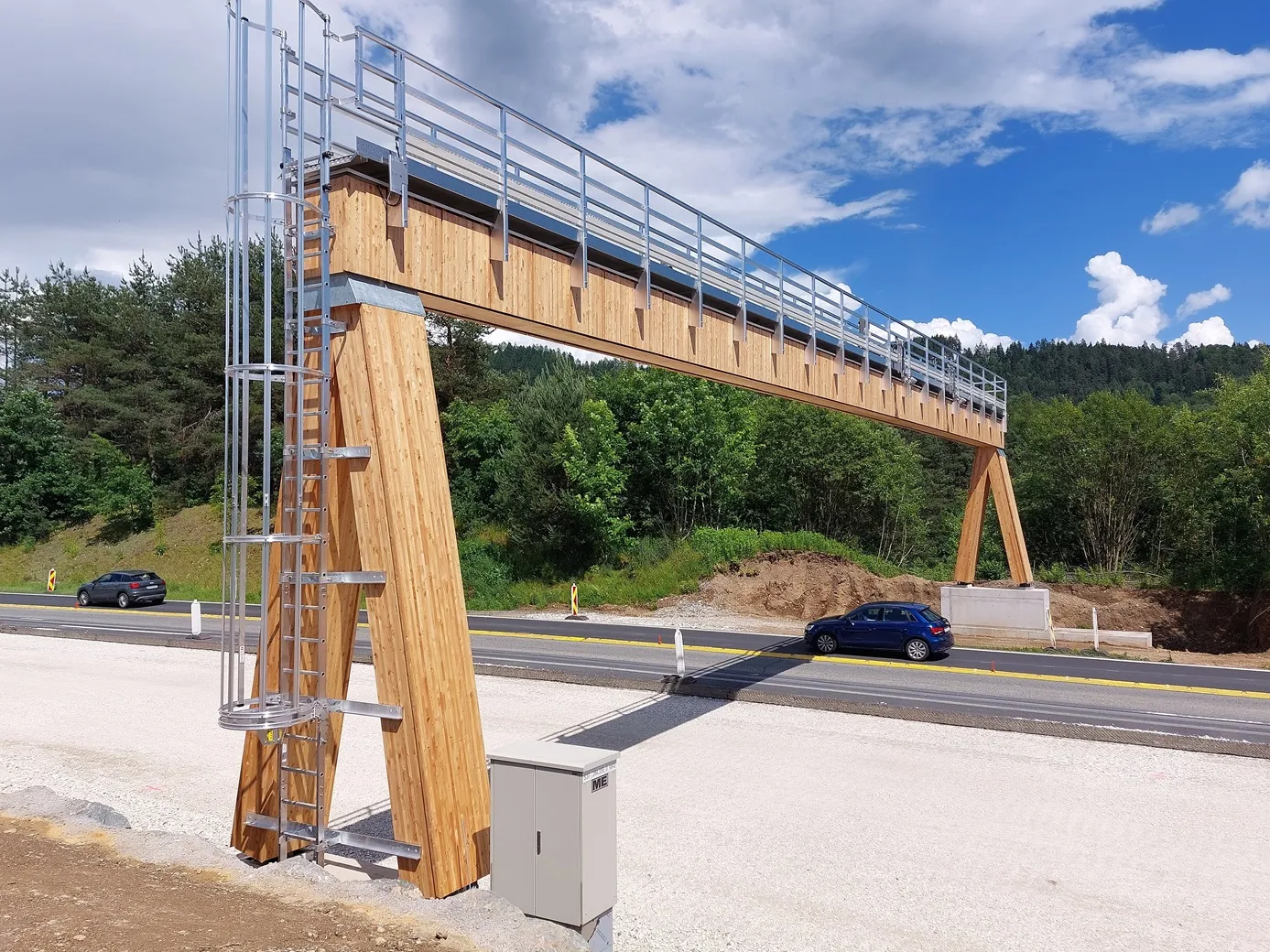The New York State Thruway is converting two mainline and one side toll plaza to all electronic (AET) or cashless toll collection, in a drive to contain spiralling employee costs and debts caused by a reduction in traffic. Although the original plan called for open road tolling (ORT) plus a cash toll plaza, the Request for Proposals for the new bridge allowed bidders to propose AET during the construction if that reduced disruption of traffic. Work is now starting on the new bridge which under the contract
February 21, 2013
Read time: 2 mins
The New York State Thruway is converting two mainline and one side toll plaza to all electronic (AET) or cashless toll collection, in a drive to contain spiralling employee costs and debts caused by a reduction in traffic.
Although the original plan called for open road tolling (ORT) plus a cash toll plaza, the Request for Proposals for the new bridge allowed bidders to propose AET during the construction if that reduced disruption of traffic.
Work is now starting on the new bridge which under the contract is due for completion by April 2018. The new bridge will be located immediately north of the existing bridge and the first traffic to be moved from the old bridge will be the non-toll northbound traffic. The old toll plaza will probably stay in service for at least the first half of construction. The new AET system seems likely to be needed some time in 2015 or 2016.
The move to AET will reduce the capital costs of the new bridge project which includes the new Tappan Zee toll plaza. The ORT plus cash toll plaza as originally planned would have cost an estimated US$61 million. AET with gantries over four or five lanes is mush less - of the order of US$10 million to US$15 million in capital and setup costs. AET also has clear advantages over ORT in safety (less driver distraction, no diverge/merge movements, fewer speed changes) and in environmental impacts (less idling and acceleration to generate tailpipe emissions, smaller paved footprint.)
Although the original plan called for open road tolling (ORT) plus a cash toll plaza, the Request for Proposals for the new bridge allowed bidders to propose AET during the construction if that reduced disruption of traffic.
Work is now starting on the new bridge which under the contract is due for completion by April 2018. The new bridge will be located immediately north of the existing bridge and the first traffic to be moved from the old bridge will be the non-toll northbound traffic. The old toll plaza will probably stay in service for at least the first half of construction. The new AET system seems likely to be needed some time in 2015 or 2016.
The move to AET will reduce the capital costs of the new bridge project which includes the new Tappan Zee toll plaza. The ORT plus cash toll plaza as originally planned would have cost an estimated US$61 million. AET with gantries over four or five lanes is mush less - of the order of US$10 million to US$15 million in capital and setup costs. AET also has clear advantages over ORT in safety (less driver distraction, no diverge/merge movements, fewer speed changes) and in environmental impacts (less idling and acceleration to generate tailpipe emissions, smaller paved footprint.)








